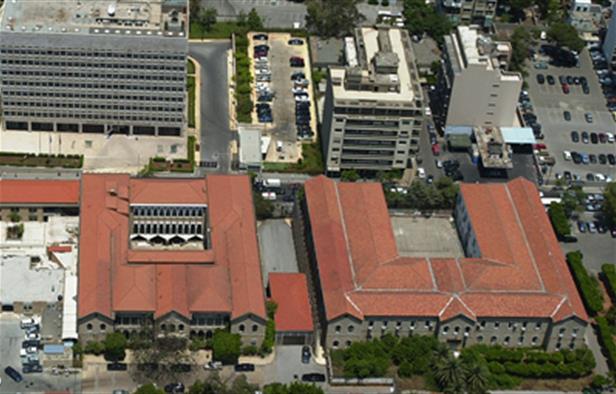
In a sprawling industrial warehouse inside the heavily guarded Port of Beirut, you’ll find two things you probably weren’t expecting. Firstly, there’s a fully stocked and staffed Duty Free mall with no customers. Secondly, up three floors in a pitch black industrial elevator, there are 200,000 of Lebanon’s most valuable manuscripts and books.
This airplane hangar-like depository is the unedifying home of the Lebanese National Library’s erstwhile collection, and the workspace of a 30 strong team of restoration specialists. In one room, which focuses on repairs, Nizar Fawaz gingerly opens a thick tome to assess the damage. The sheets are so thin they are hard to lift without words peeling off onto the paper below. “This one will take me two or three months,” he says. “I need to separate all the pages, then fill in all the spaces where parts are missing, sew the book back together and prepare a cover to bind it.” What makes this battered journal worth the work? “It’s just that no one else has it,” he replies. [Link]



